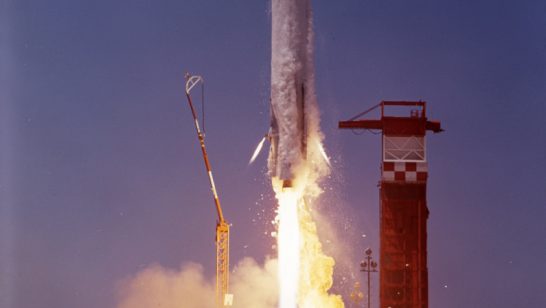
The question on everyone’s mind after learning of the decision to extend the P5+1-Iran nuclear negotiations for another seven months is: what now? What is likely to be achieved in these next seven months that the parties could not achieve for the past twelve? What kind of a deal can be expected, if at all?
At heart is the question of whether anything has changed as far as the basic positions and objectives of the two sides — whether there is more common ground, and/or whether the sides have moved closer to each other, especially in the final days of the current round (as was reported in the media)?
In assessing these questions, and the implications for getting a deal down the road, we must appreciate that there is a difference between evidence of common ground among the parties, and evidence of their positions moving closer. On the question of common ground, according to the available information, there is nothing to support the view that there has been progress in this regard. This negotiation was always a war of wills between Iran and the international community, and it remains so. The positions are virtually zero-sum: Iran wants to maintain a military nuclear capability, and the P5+1 want to prevent Iran from ever achieving nuclear weapons.
With the basic structure of opposing positions unchanged, if there is a deal, it will reflect concessions that one (or both) parties felt forced to make. This is what was supposed to have happened to Iran. But since negotiations began in January 2014, the overwhelming message from Iran has been continued defiance and intransigence. The Iranians have firmly laid out the full range of issues that they refuse to discuss, and the concessions they will never make. To make matters worse, it is the P5+1, and the United States in particular, who have been signaling their willingness to back away from previous long-held positions, due to their eagerness to close this file.
So while the goal was always that Iran would change its behavior because of its ongoing violations of the NPT, on the basis of current trends, it looks like it is the P5+1 group that is poised to make further concessions, which will ultimately result in a bad nuclear deal. The other option is to significantly increase the pressure on Iran so that it finally starts adhering to the legitimate international demands. Indeed, pressure is the only hope for moving this dynamic in the direction of a better deal.
If more pressure is not applied in the coming months (bolstering P5+1 leverage), and more concessions are made by the P5+1 (weakening their leverage), the implication of this latest extension will be to simply delay the inevitable: a bad nuclear deal than enables Iran to remain at dangerous threshold, with the blessing of the international community.
The opinions articulated above represent the views of the author(s), and do not necessarily reflect the position of the European Leadership Network or any of its members. The ELN’s aim is to encourage debates that will help develop Europe’s capacity to address the pressing foreign, defence, and security challenges of our time.



